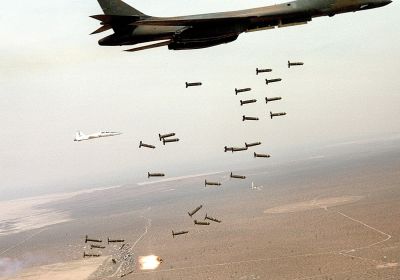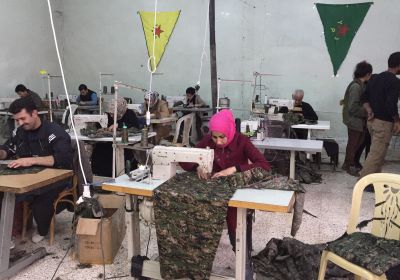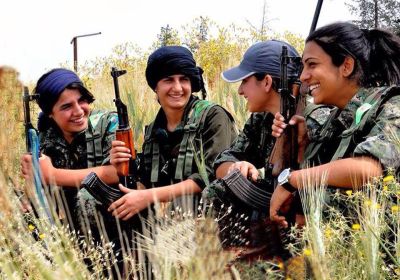
In largely Kurdish Rojava in Syria's north, a profoundly democratic and revolutionary experiment is underway. A multi-ethnic, feminist and socialist-oriented society is being built from the ground up, organised around communes and other bodies of participatory democracy.
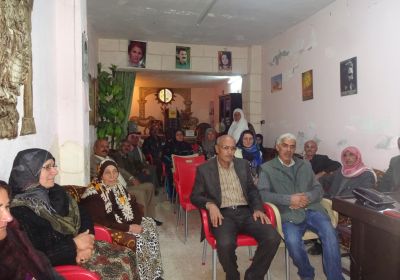

 Qamişlo, July 27.
On the morning of July 27, a bomb-laden truck exploded in a crowded area of Qamişlo in Rojava (northern Syria). This terrorist massacre, claimed by ISIS, killed at least 44 people and left about 150 injured. Many surrounding buildings were destroyed, and among the dead were a number of women and children.
Qamişlo, July 27.
On the morning of July 27, a bomb-laden truck exploded in a crowded area of Qamişlo in Rojava (northern Syria). This terrorist massacre, claimed by ISIS, killed at least 44 people and left about 150 injured. Many surrounding buildings were destroyed, and among the dead were a number of women and children.

 It is no exaggeration to say that a strip of land along Syria’s northern border with Turkey is home to the most radical experiment in democracy and gender equality, not just in the Middle East, but in the whole world.
It is no exaggeration to say that a strip of land along Syria’s northern border with Turkey is home to the most radical experiment in democracy and gender equality, not just in the Middle East, but in the whole world.
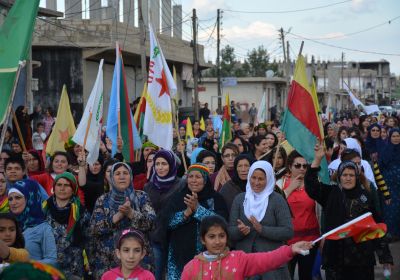
 This picture looks like any ordinary scenery from the Kobanê countryside. The idyllic villages and golden wheat fields with the sleepy little houses tucked away across the distance. But, it is more than that.
This is Ain Issa, an area of Tell Abyad and the frontline between the Syrian Democratic Forces (QSD) and Daesh (Islamic State).
This picture looks like any ordinary scenery from the Kobanê countryside. The idyllic villages and golden wheat fields with the sleepy little houses tucked away across the distance. But, it is more than that.
This is Ain Issa, an area of Tell Abyad and the frontline between the Syrian Democratic Forces (QSD) and Daesh (Islamic State).

 Fighters in the Rojava-based Women's Protection Units (YPJ) militia.
Since a “cessation in hostilities” in Syria's multi-sided civil war was declared on February 27, about 6000 people have been killed in the conflict.
Fighters in the Rojava-based Women's Protection Units (YPJ) militia.
Since a “cessation in hostilities” in Syria's multi-sided civil war was declared on February 27, about 6000 people have been killed in the conflict.
